From late October to March a typical cold-weather backpacking trip in the Cascade Mountains can involve preparation for snow camping in temperatures ranging from 10 to 35º F with 5–25 mph winds. The gear shown here is for such a trip.
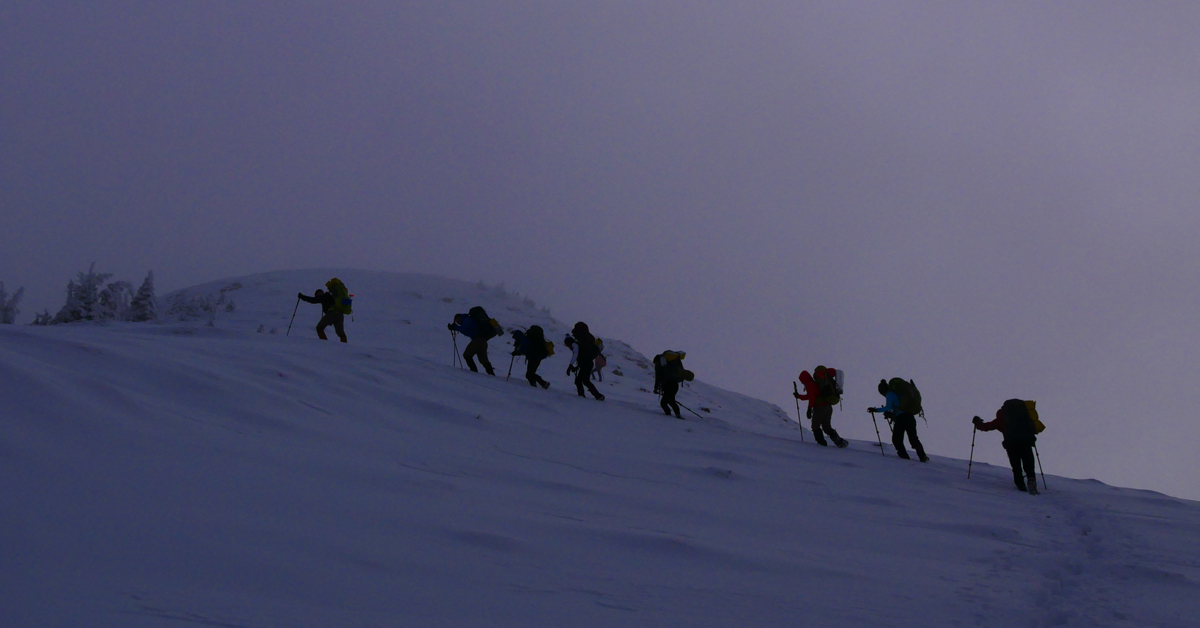

From late October to March a typical cold-weather backpacking trip in the Cascade Mountains can involve preparation for snow camping in temperatures ranging from 10 to 35º F with 5–25 mph winds. The gear shown here is for such a trip.
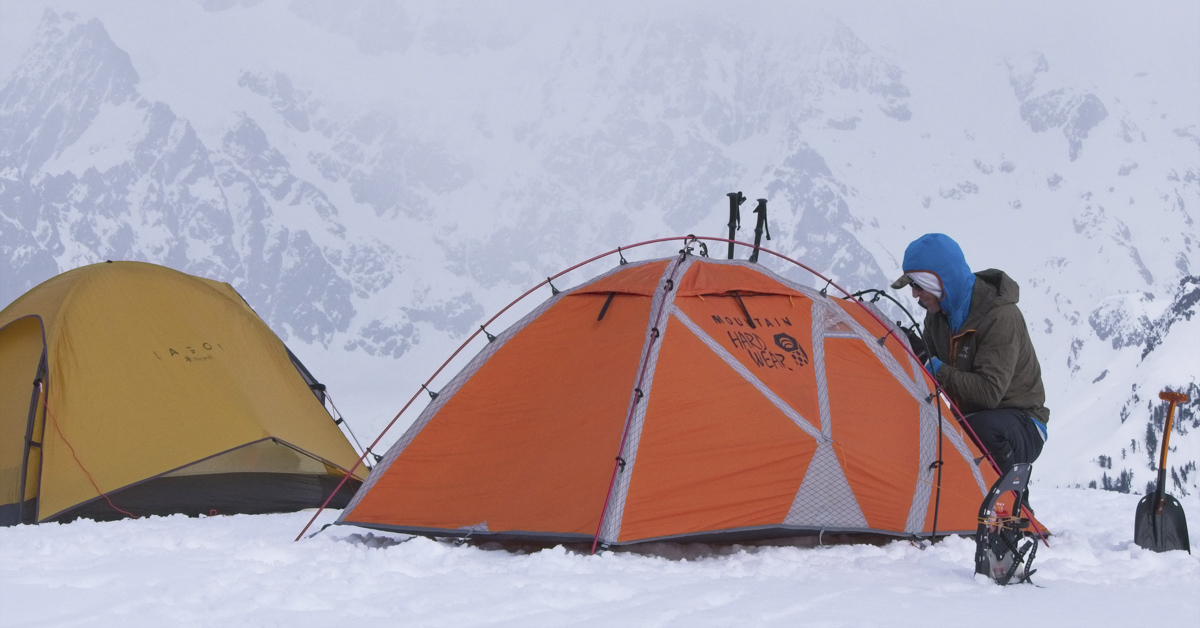
The short answer is yes. I’m not going to do a detailed review of particular tents, but I want to mention a few models that I see often on our trips. I’ll also discuss a few pros and cons of using 3-season tents in the Pacific Northwest winter conditions and some of the best 4-season options available. In context, I’ll be referring to small and light tents for backpacking rather than tents that are used for basecamps and long stays in one location.
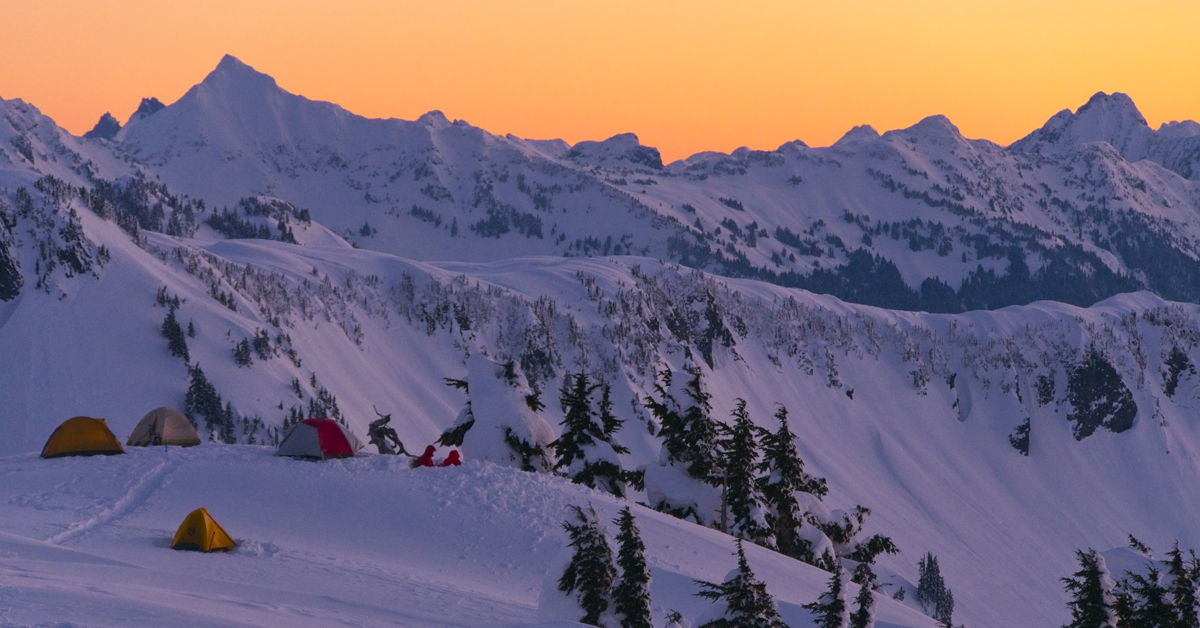
Be equipped to camp on the snow. Once you learn how to do it and how comfortable it is, you may never want to camp on the ground again. To do this, you need a sleeping system with sufficient R-value (5+) under your sleeping bag. The standard practice for snow camping in the Pacific Northwest is two mattresses, either one solid core and one air or two solid ones.
Snow is soft and clean, usually free of sticks and rocks. It makes the most comfortable surface and often requires no preparation. Sometimes you might need to stomp it down a bit with snowshoes or level it with a snow shovel. It is easy to level a spot even on slopes. Pitching a tent on the snow is the lowest impact (leave no trace) way to camp. It also increases your campsite options (unless you are in an area where designated campsites are the only permissible locations). And, it is often the only option if you want to camp in the winter season. So be prepared!
For more on sleeping warm, see winter sleeping bags.
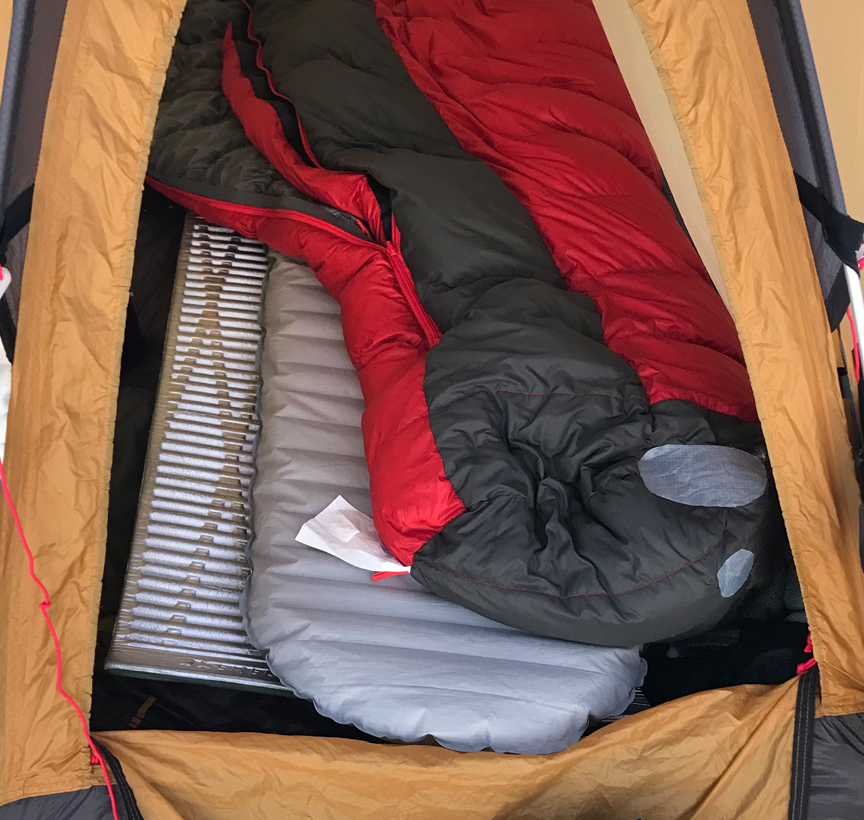
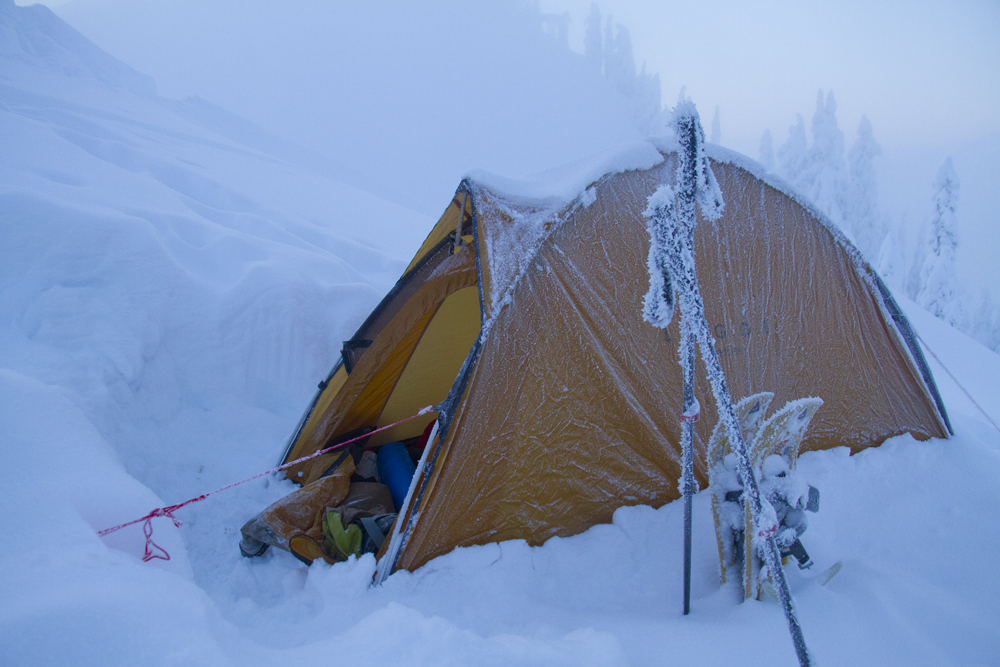
This is just a quick tip to help you stake out your tent on snow. You may already be familiar with snow stakes or pegs and the deadman strategy for securing the pegs in deep soft snow. What I want to explain here is a method of setting up your guy lines so that you don’t have to tie any knots when you set up your tent. That is, the only tieing involved is done at home before you head out to the wilderness. Technically, you do need to tie one knot, a girth hitch to attach the cord to the stake, but this isn’t the kind of knot that requires much finger dexterity or time in cold conditions.
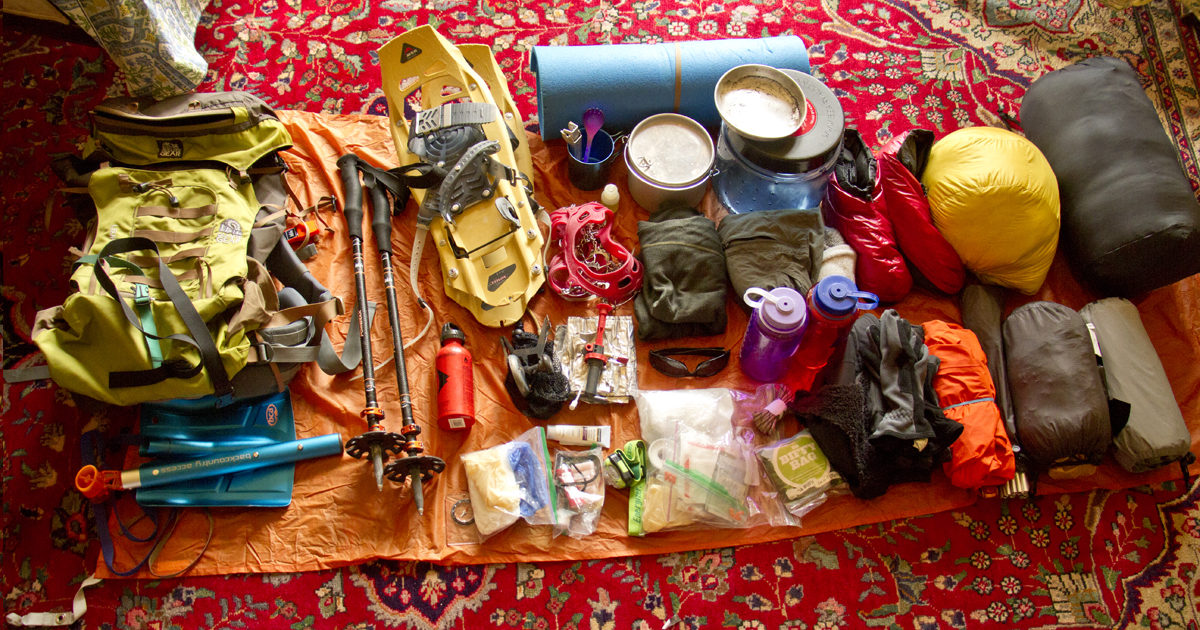
Most of my gear falls in the light to the ultra-light category. This is important especially in the winter because sleeping gear and warm clothes add to your pack weight. But I have a few not-so-ultra-light exceptions, some of which I’m going to discuss in this post. Foremost among them is my extra sleeping pad and some form of food protection, such as a bear canister or metal lunchbox.
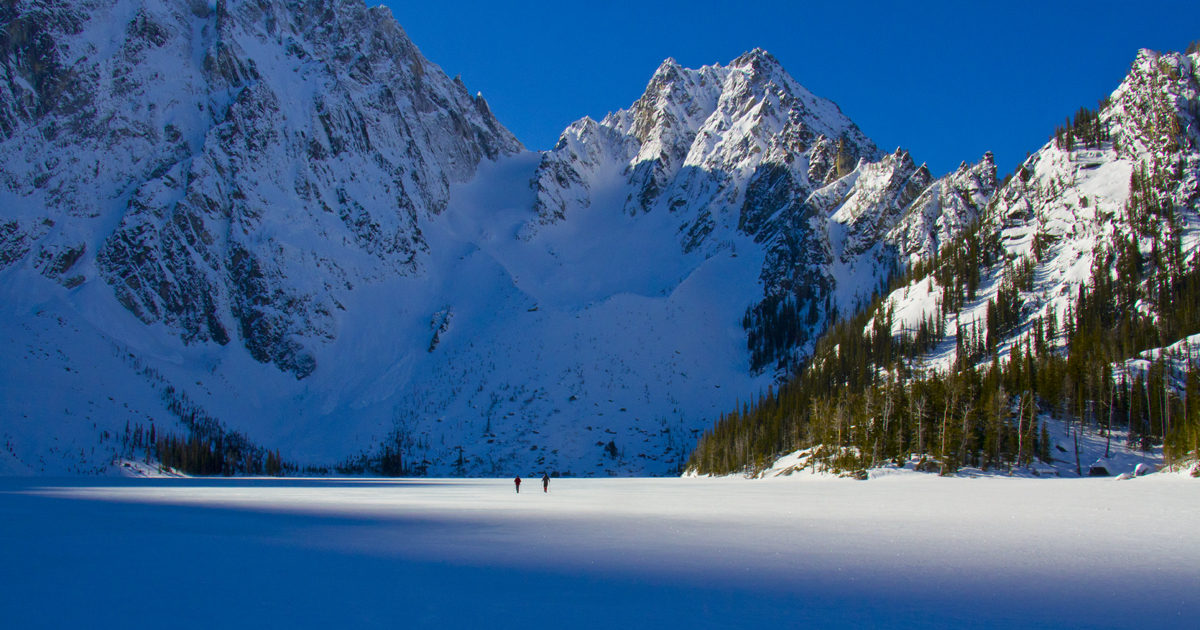
With the right gear and knowledge (know the hazards), you can head out and experience the beauty of the wilderness without the crowds.
To stay cozy and safe, you’ll need to add some pounds to your pack, making your ultra-light strategies even more important. And, sometimes you’ll
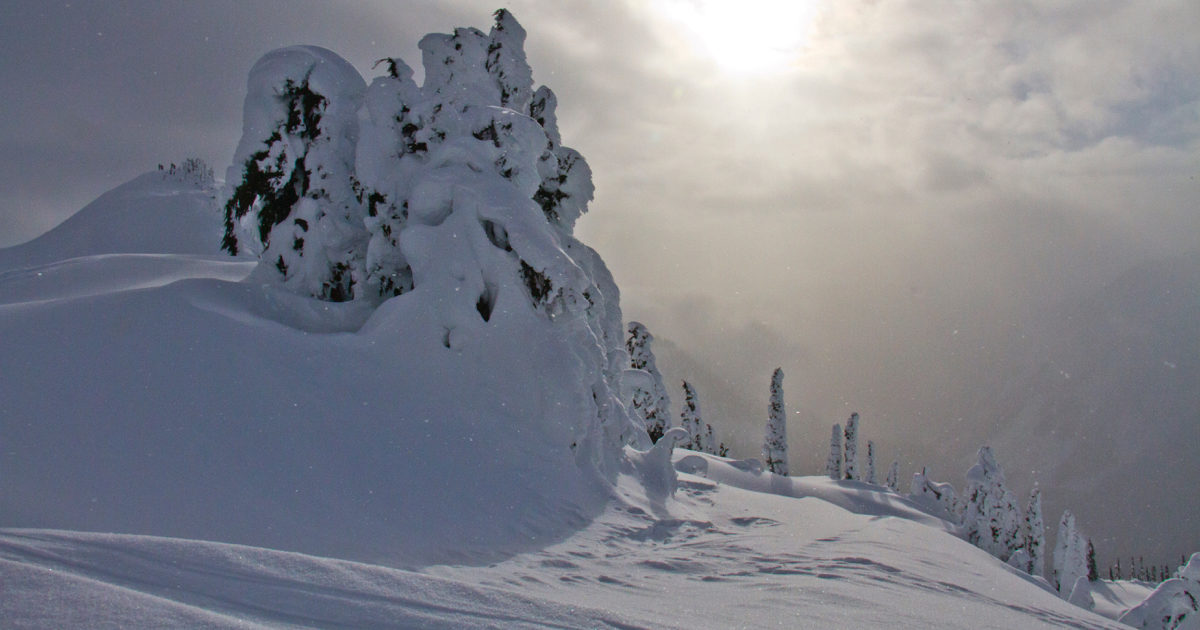
Here are some reasons snow backpacking delivers a special and unique kind of backpacking bliss.
Very few hiking experiences can compare to traveling across pristine snow under a blue sky.
Before you head out, be sure to read my short post about the dangers of winter backpacking.
Let me know if you have any questions or suggestions. I’ll be updating this post periodically for correction, etc.
Also, please don’t forget to subscribe to my blog and leave comments below.
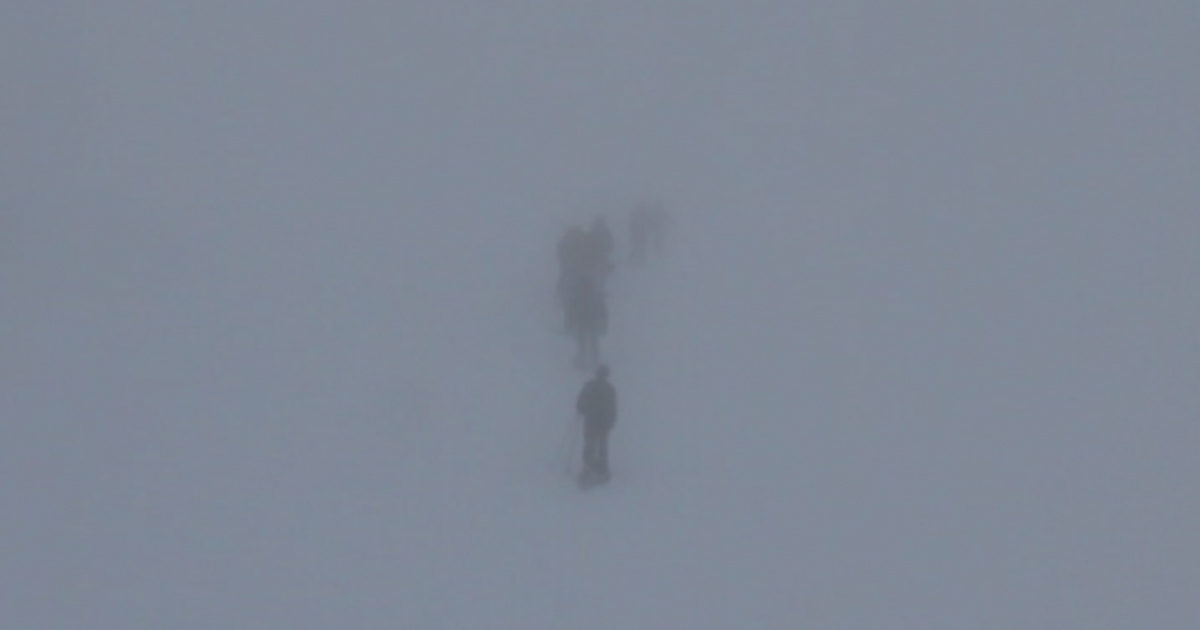
Snow camping and winter backpacking are great ways to experience the wilderness. In fact, nothing is as beautiful and enchanting as the wilderness in winter. But if you are new to the idea, here are a few reasons you shouldn’t just head out alone or unprepared. Be aware of the risks and take appropriate precautions. Below is a short beginner’s list of basic hazards and concerns that every winter backpacker should know.
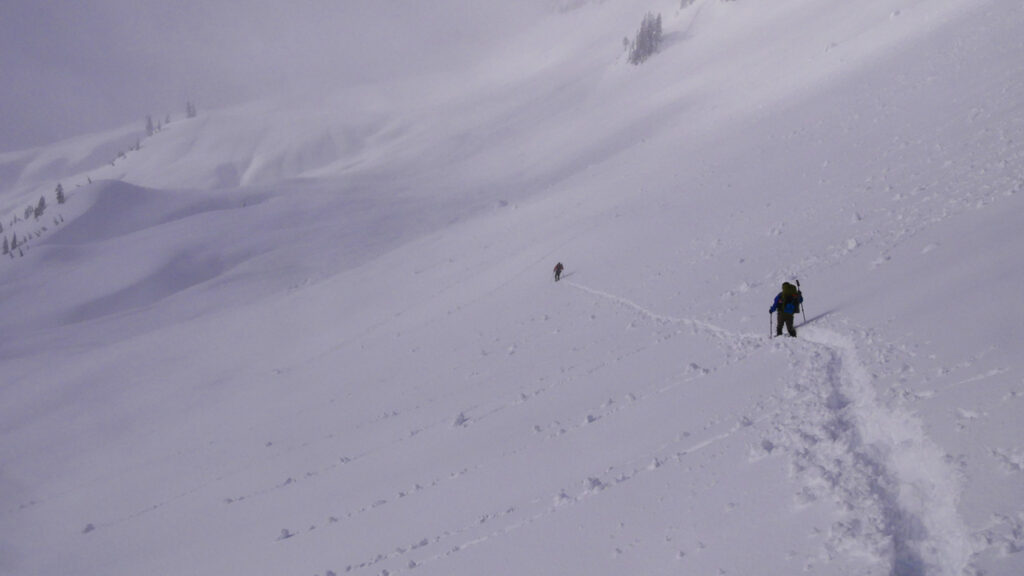
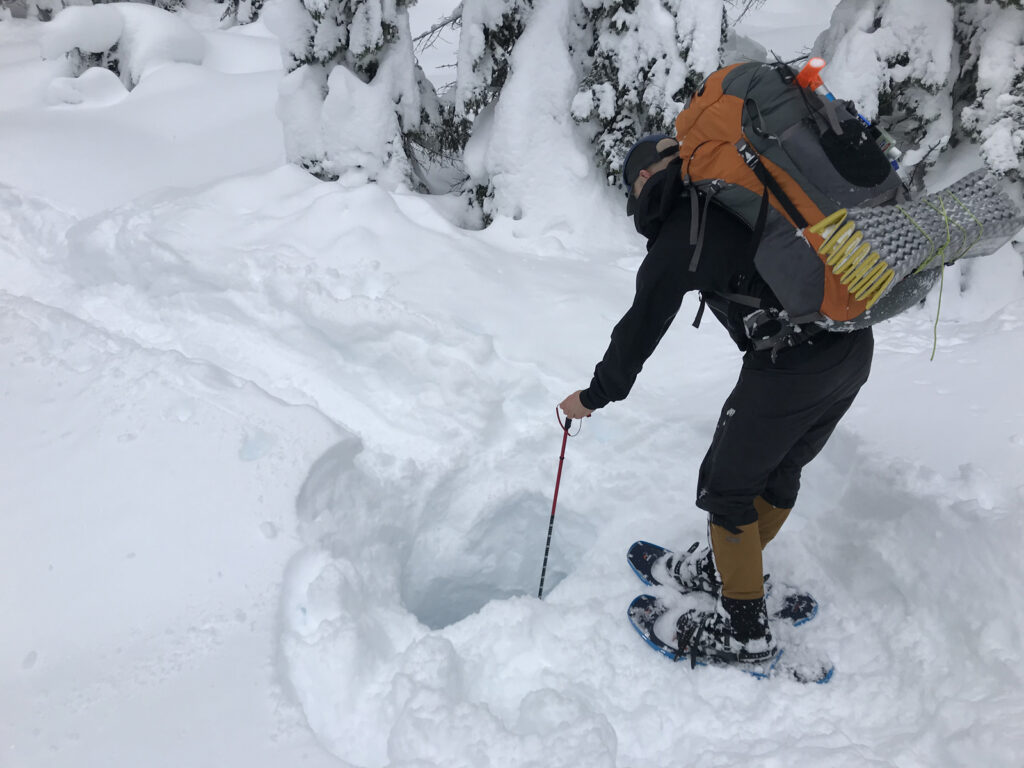
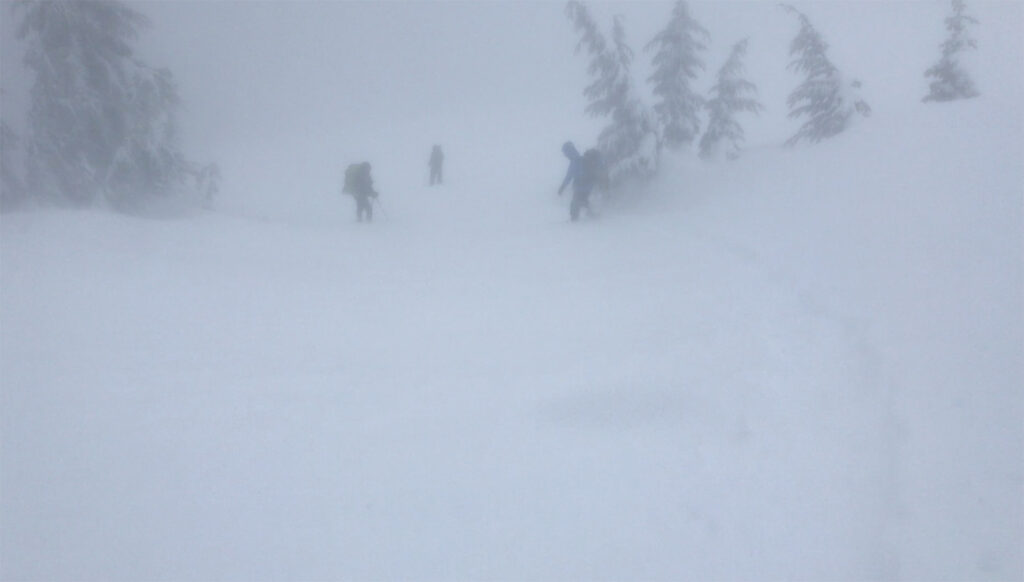
Be sure to read my beginner’s safety tips list too.
Let me know if you have any questions or suggestions. I’ll be updating this post periodically.
Also, don’t forget to subscribe to my blog and leave comments below.
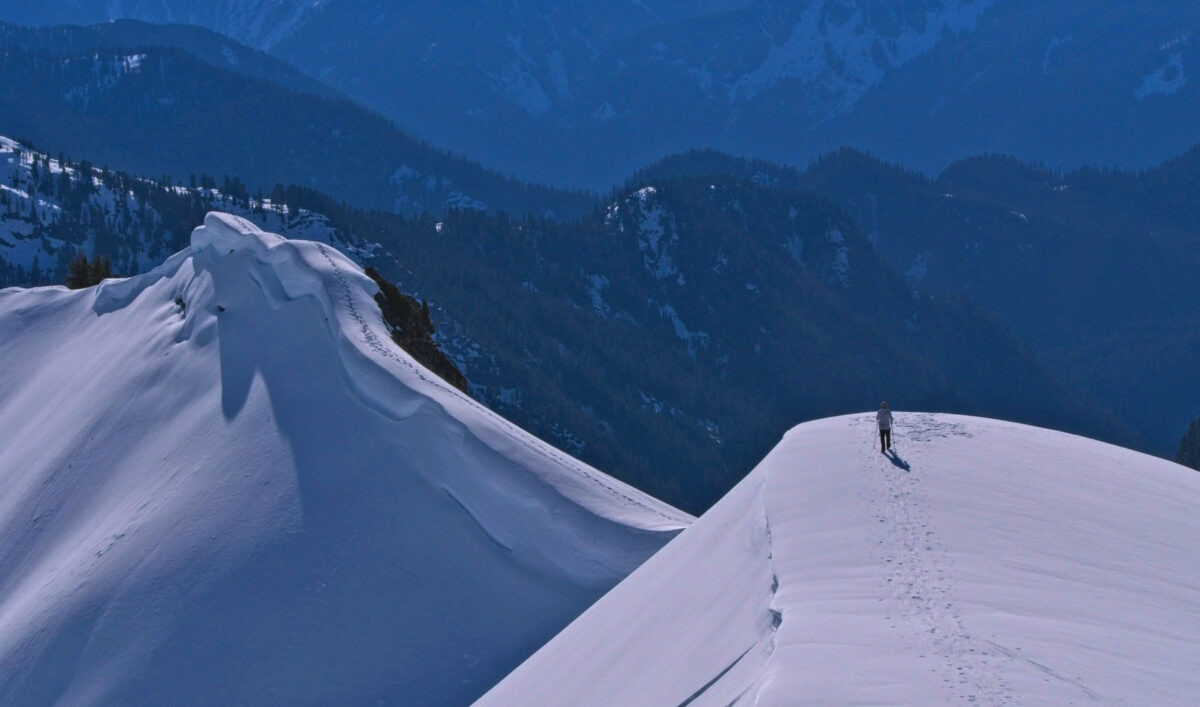
This is a concise list of safety tips for beginners who want to start winter backpacking.